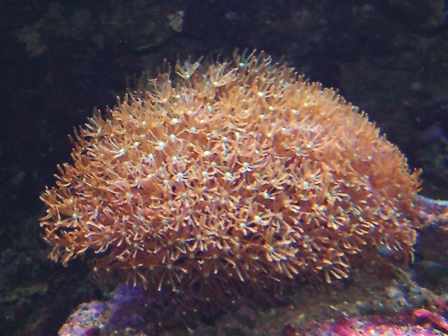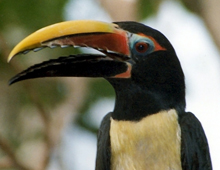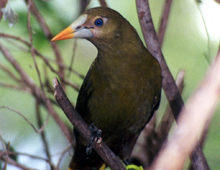
The Palm tree polyp is a colonial, encrusting mat-like coral whose eight tentacles have feathery pinnules resembling the branches of a palm tree, thus its common name. The polyps can be found in a variety of colors including brown, cream, green, pink, purple, white and yellow, while the mat that contains the polyps is brown, gray or tan.




